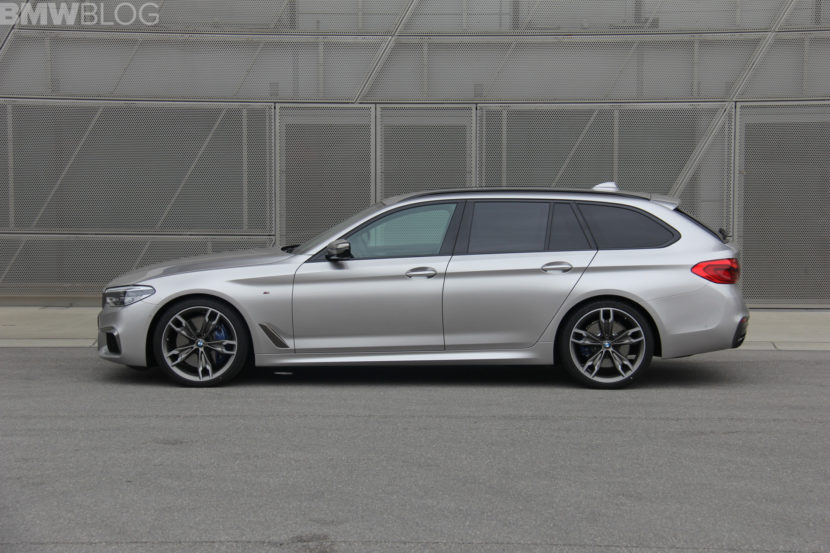If you had “legally import a BMW M3 Touring” on your 2025 to-do list, you’re a far luckier and well-off individual than I. But after the latest communications surrounding the European Union and United States trade agreements, you might not be alone. Some unclear language in the negotiations have left many in the auto industry scratching their heads. And while that’s an increasingly common occurrence these days, this time, there’s actually a shred of optimism. A world where automakers can ship US market and European market vehicles indiscriminately between the two countries may not be far off; is it simply too good to be true?
New Trade Agreement Might Allow Euro-Spec Cars Into the US
Here’s what, specifically, is going on. On August 21, a joint statement published on the White House website outlined a trade framework between the European Union and US. There’s lots of interesting reading in there — including Article 7, an agreement that sees the EU “substantially increase procurement of military and defense equipment from the United States” — but we’ll boil it down, mostly, to what matters for cars. For us, that’s Article 8. The exact passage reads: “With respect to automobiles, the United States and the European Union intend to accept and provide mutual recognition to each other’s standards.”
The most immediately obvious and optimistic translation of the text is simple. It means European market cars and US market cars can be sold in either market, as each region is now “recognizing” the other’s standards. Without any additional clarity, this also means “standards” could refer to fuel economy, crash safety, or nearly any other guideline automakers have from local government. What this, ultimately, means, is that cars previously verboten for the United States — such as any of the myriad diesel-powered or base-model stick-shift BMWs — would now be completely legal to own and drive in the United States.
What We Don’t Know
Of course, there’s a lot missing from Article 8 that will require clarification. Does it apply only to new vehicles? If not, how do the new regulations affect the 25-Year Rule? Currently, US drivers can import cars over 25 years old, even if they don’t adhere to the Federal Motor Vehicle Safety Standards. While the M3 Touring is high on my “to-import” list, out of production wagons like the F31 340i Touring and quad-turbo M550d Touring aren’t far behind. If it’s only new vehicles, can dealers sell vehicles originally scheduled only for Euro markets? When does all of this become official, anyway?
With a laundry list of questions come, sadly, virtually zero answers. There’s also the sad, harsh reality that this is all likely a bit of a false fervor. More likely, the language is intentionally vague to indicate continued collaboration on what “could be.” But ultimately, nobody knows until either the EU or US give further guidance. I don’t know about you, but I’ll be spending a little extra time browsing some international auction sites tonight. You know. Just in case.
Source: Automotive News







































































